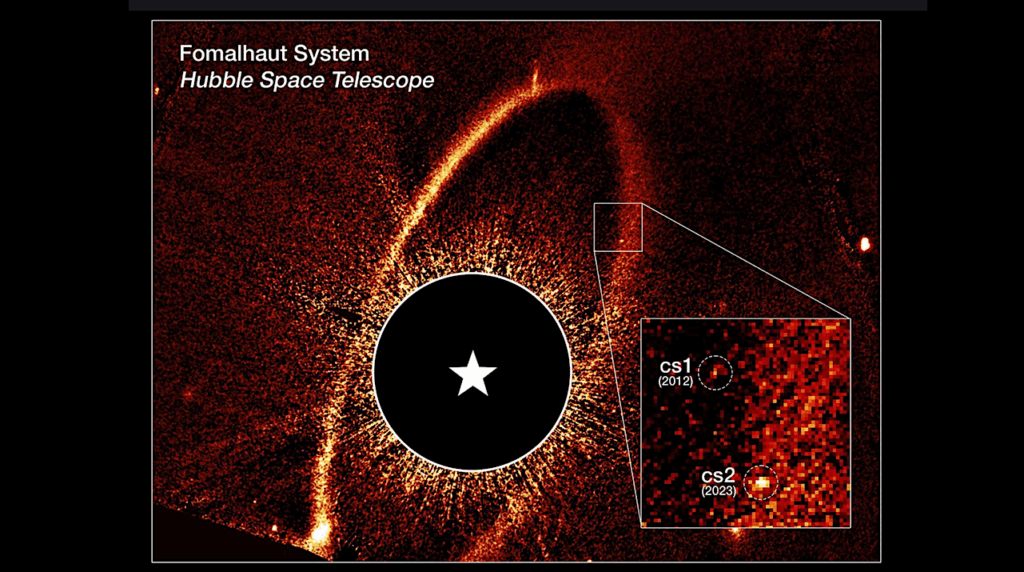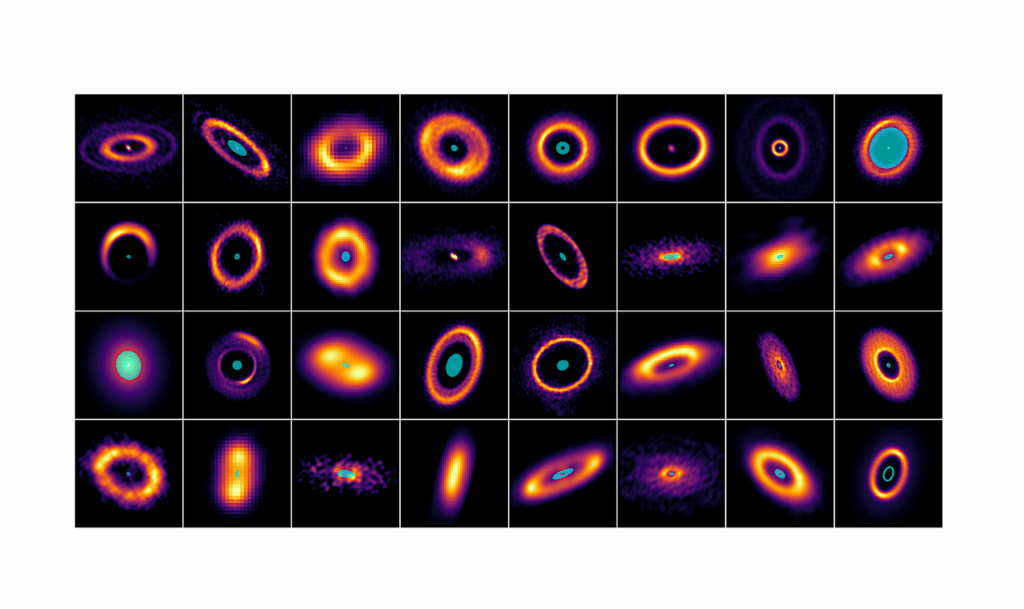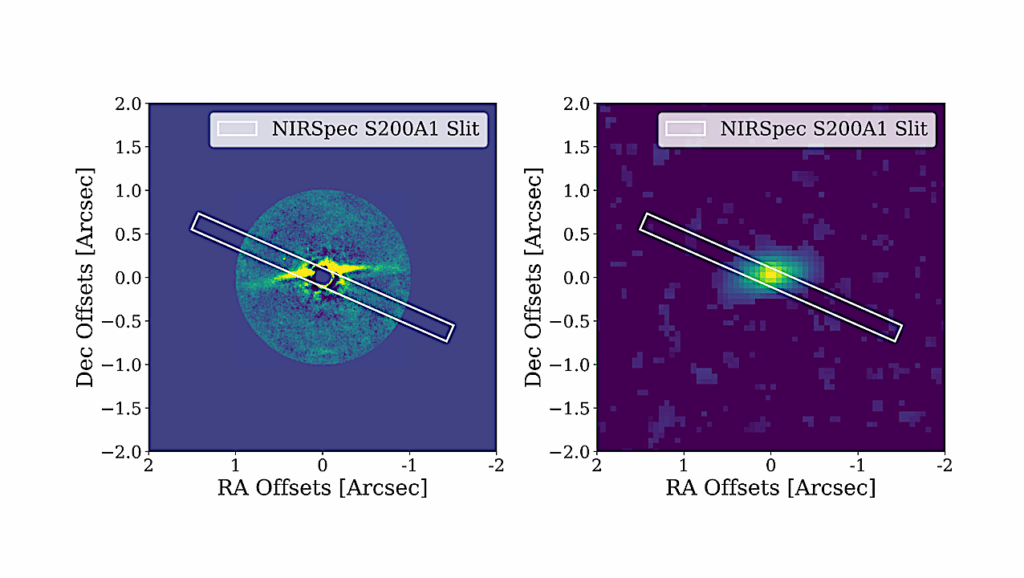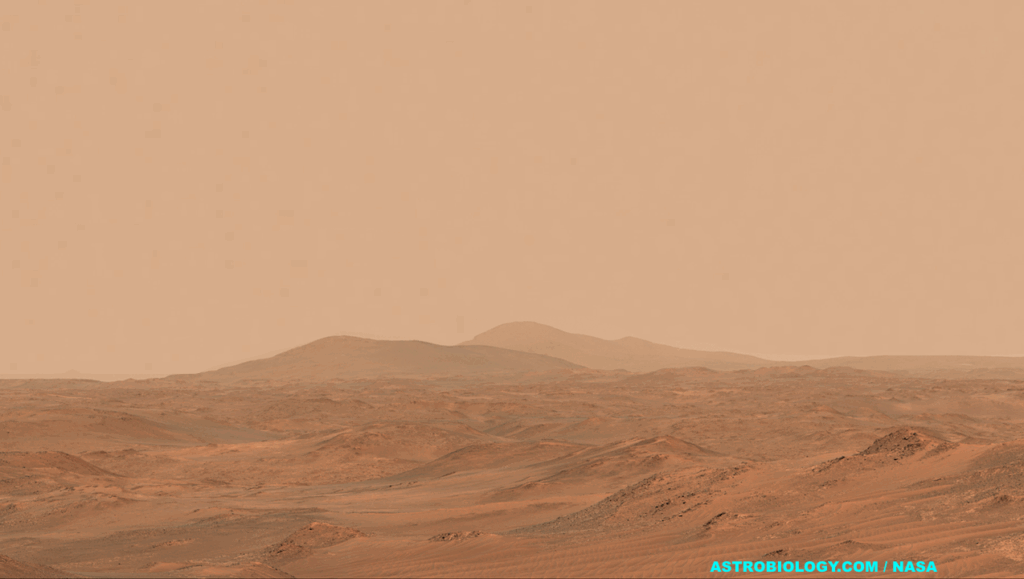Role of Magma Oceans in Controlling Carbon and Oxygen of Sub-Neptune atmospheres
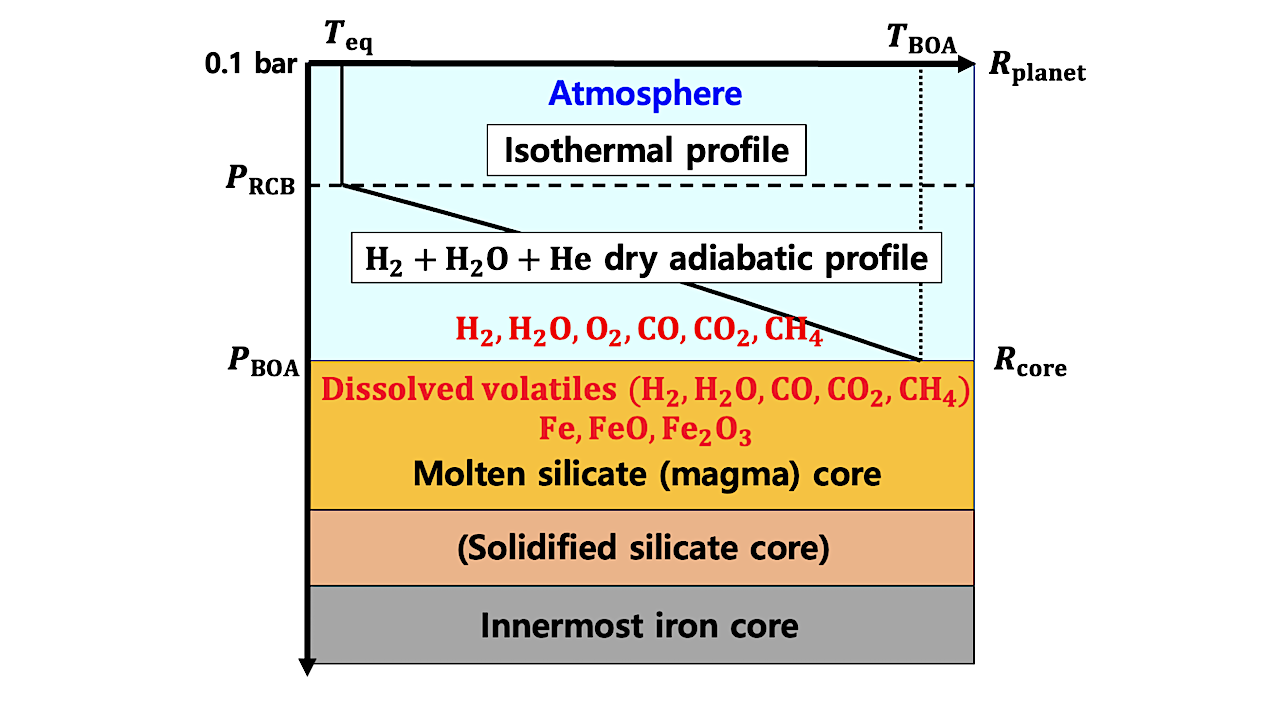
Most exoplanets with a few Earth radii are more inflated than bare-rock planets with the same mass, indicating a substantial volatile amount. Neither the origin of the volatiles nor the planet’s bulk composition can be constrained from the mass-radius relation alone, and the spectral characterization of their atmospheres is needed to solve this degeneracy.
Previous studies showed that chemical interaction between accreted volatile and possible molten rocky surface (i.e., magma ocean) can greatly affects the atmospheric composition. However, a variety in the atmospheric compositions of such planets with different properties remains elusive.
In this work, we examine the dependence of atmospheric H, O, and C on planetary parameters (atmospheric thickness, planetary mass, equilibrium temperature, and magma properties such as redox state) assuming nebula gas accretion on an Earth-like core, using an atmosphere-magma chemical equilibrium model.
Consistent with previous work, we show that atmospheric H2O fraction on a fully molten rocky interior with an Earth-like redox state is on the order of 10−2-10−1 regardless of other planetary parameters. Despite the solubility difference between H- and C-bearing species, C/H increases only a few times above the nebula value except for atmospheric pressure ≲1000 bar and H2O fraction ≳10%.
This results in a negative O/H-C/O trend and depleted C/O below one-tenth of the nebula gas value under an oxidized atmosphere, which could provide a piece of evidence of rocky interior and endogenic water. We also highlight the importance of constraints on the high-pressure material properties for interpreting the magma-atmospheric interaction of inflated planets.
Chanoul Seo, Yuichi Ito, Yuka Fujii
Comments: 30 pages, 15 figures
Subjects: Earth and Planetary Astrophysics (astro-ph.EP)
Cite as: arXiv:2408.17056 [astro-ph.EP] (or arXiv:2408.17056v1 [astro-ph.EP] for this version)
https://doi.org/10.48550/arXiv.2408.17056
Focus to learn more
Submission history
From: Chanoul Seo
[v1] Fri, 30 Aug 2024 07:31:28 UTC (6,373 KB)
https://arxiv.org/abs/2408.17056
Astrobiology, Astrogeology,


